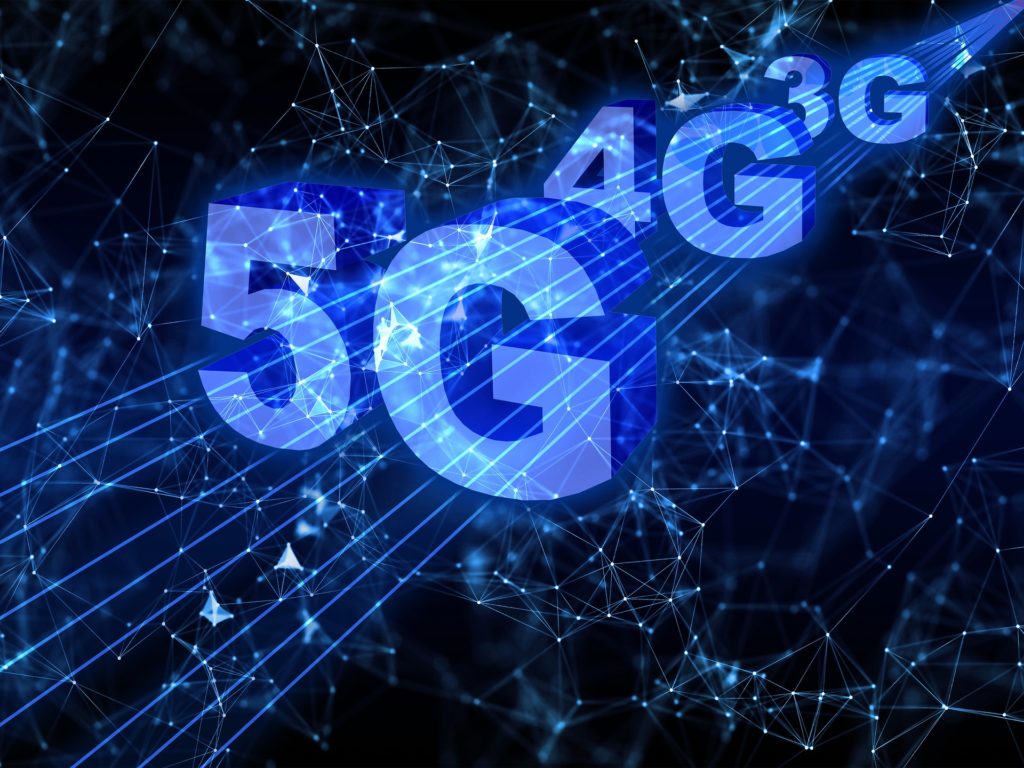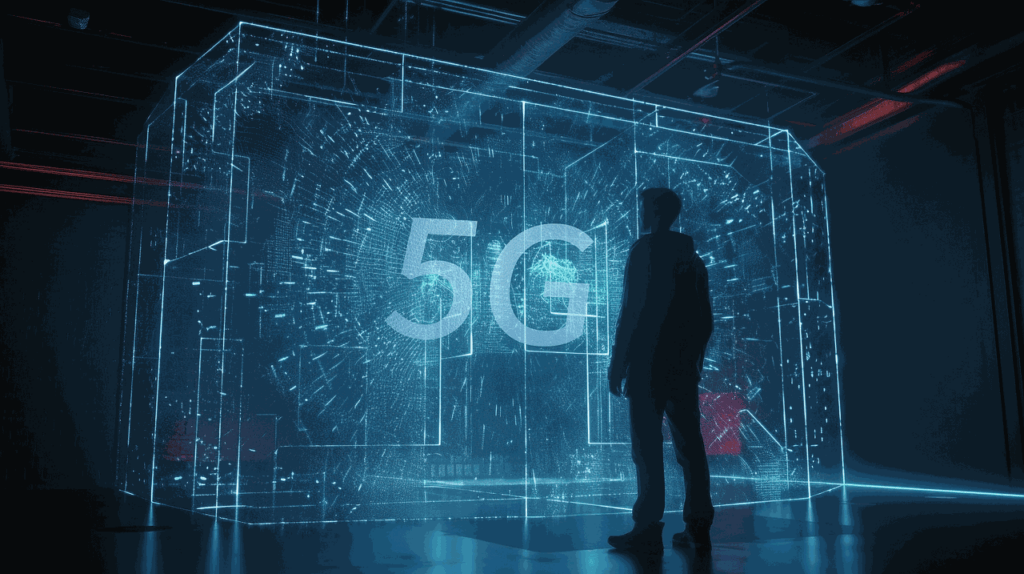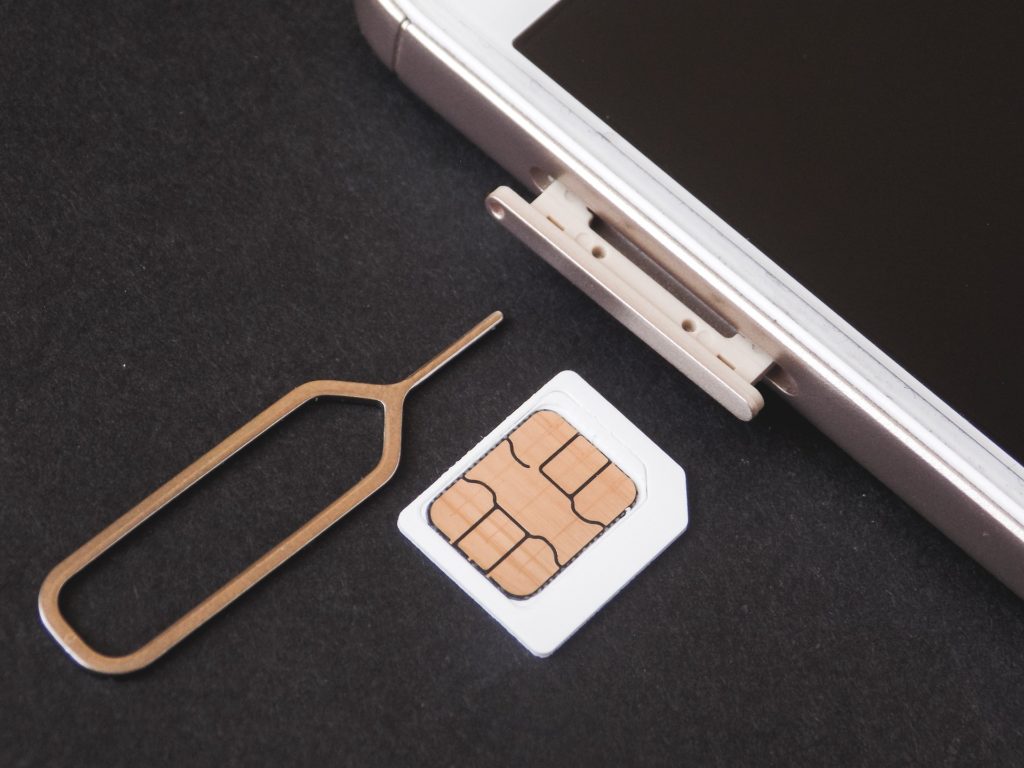You cannot tune into the media today without seeing cellular network ads bragging about the quality of the 5G networks they are phasing in. While everyone is excited about the advent of 5G, there is confusion about what will happen with existing networks and technology. Adding to the uncertainty is the jumble of different companies bringing in their own versions of 5G. The infrastructure for 5G requires more closely spaced cell towers, which have an effective radius of only about 1000 feet as opposed to the 10-mile effective span of a 4G cell tower. This implies that the sheer number of cell sites will take a lot of installation time. Still, 5G is coming inexorably and many want to know what this change means for their current cell network.
How Do You Secure Your Existing Network While Waiting for 5G?
Just as you can select your cell provider, so as a business you can select a platform that will secure various aspects of your network while the transition to 5G takes place around your setting. Above all, you will want network signaling security to make certain that your communication links and data transfers remain seamless. Even if you are building a native 5G core at the present time, you will want to be sure your current network interfaces remain dependable. It is essential that you have a protocol in place for the practical shift from 4G to 5G, as 3G to 4G happens with smooth dependability now. You also want to be certain that your network borders are secure. There are providers available who can keep your network viable and expandable during the changeover.
How Long Before 5G Is Everywhere?
What a very good question. The frank answer is that no one really knows. Watching the various platforms get ready for the upgrade to 5G, as it has been expressed, is like watching garages build their Indy cars in preparation for the 500—the race is already on, yet it has not really begun. One expert prognosticator has gone so far as to say that 18% of cell customers will be on 5G in 2023. It has been observed that three different obstacles must be dealt with by every 5G network:
- Regulations. Primarily, officials in the Federal Communication Commission will interact with platforms to make sure specs are constant.
- Broadcasting spectrum. This deals with the several areas in the gigahertz range where 5G will uniquely make itself known.
- Technological details. While some designs are already available, some are just now rolling out and others are still in the conceptual stage.
What Will Happen to 3G and 4G Networks?
Here is the good news for those who are content with the systems they have. Regardless of whether 5G takes off more quickly than expected—which it probably will—or things bog down in the implementation and regulation phase—which they might—3G and 4G will remain in place. The forecast is that 4G, the current state-of-the-art communication and data broadband, will be in place and available for at least another decade.
What Is So Great About 5G?
This is the easiest question to answer because 5G technology is worlds apart from previous generations of broadband. The first thing people mention when discussing 5G is its amazing speed, and rightly so in that 5G will eventually achieve speeds 20 times faster than the fastest 4G. Beyond the speed, however, is its ability to carry multiple users. You’ve seen the disclaimers from carriers about having to slow down your data transfer in peak usage times. With 5G, this would never be an issue. The broadband would be able to handle a virtually unlimited number of businesses and users simultaneously. To give one example of the difference this would make, 5G-enabled automobiles traveling together through a 5G network area would be in constant communication with one another, making accidents and slowdowns virtually impossible. The future is 5G and the present is secure until it gets here.
- Using Technology to Boost Sales - June 27, 2024
- Why Your Startup Needs Insurance and How to Make It Affordable - June 3, 2024
- Feeling Marketing Burn Out? AI is the Answer - May 2, 2024




Comments are closed.